April 1, 2021
Innovation of the Month:
Ultra-High Performance Concrete for Bridge Preservation and Repair
Keeping bridges in a state of good repair is essential to keeping the transportation system operating efficiently. Agencies at all levels can deploy ultra-high performance concrete (UHPC) for bridge preservation and repair to cost-effectively maintain or improve bridge conditions.
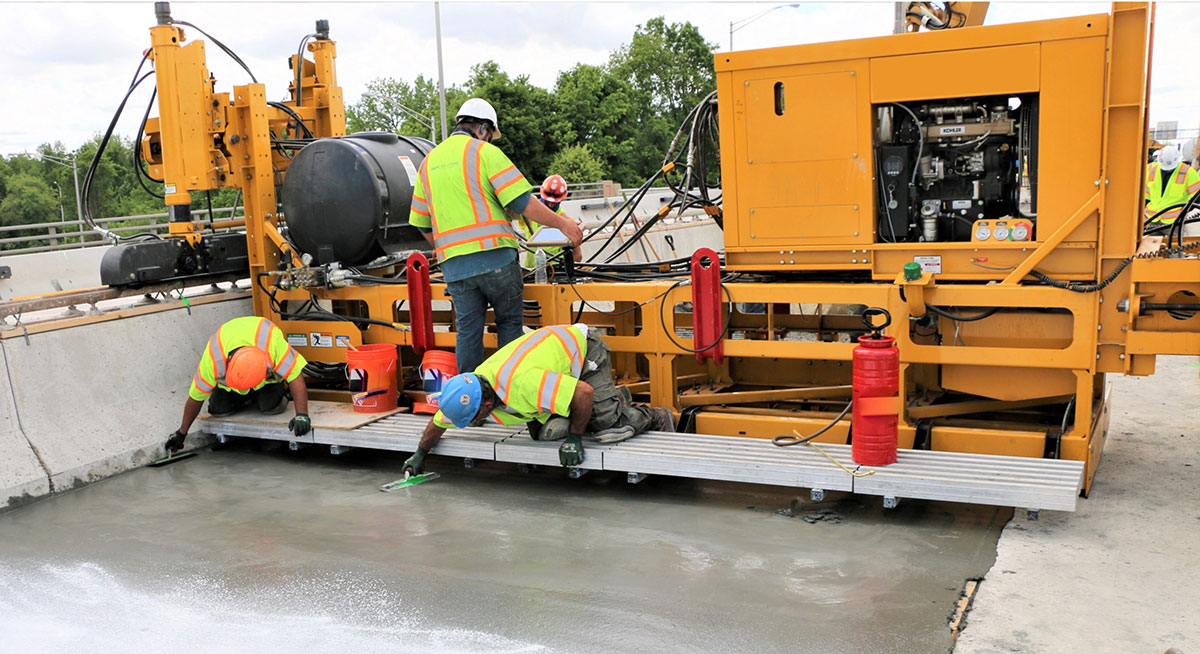
UHPC is a fiber-reinforced, cementitious composite material with mechanical and durability properties that far exceed those of conventional concrete materials. This has made it popular for bridge construction, especially for field-cast connections between prefabricated bridge elements (PBE). Bridge infrastructure preservation and repair (P&R) is a new application of UHPC that offers enhanced performance and improved life-cycle cost over traditional methods. UHPC can generally be used anywhere other types of concrete would be used and because of its strength and durability, UHPC can be an optimum solution for some repairs. UHPC can be used in situations that normally use conventional concrete or repair mortars, and in some cases those that use structural steel. Additionally, UHPC repairs are long lasting and resilient, requiring less maintenance and fewer follow-up repairs than conventional methods.
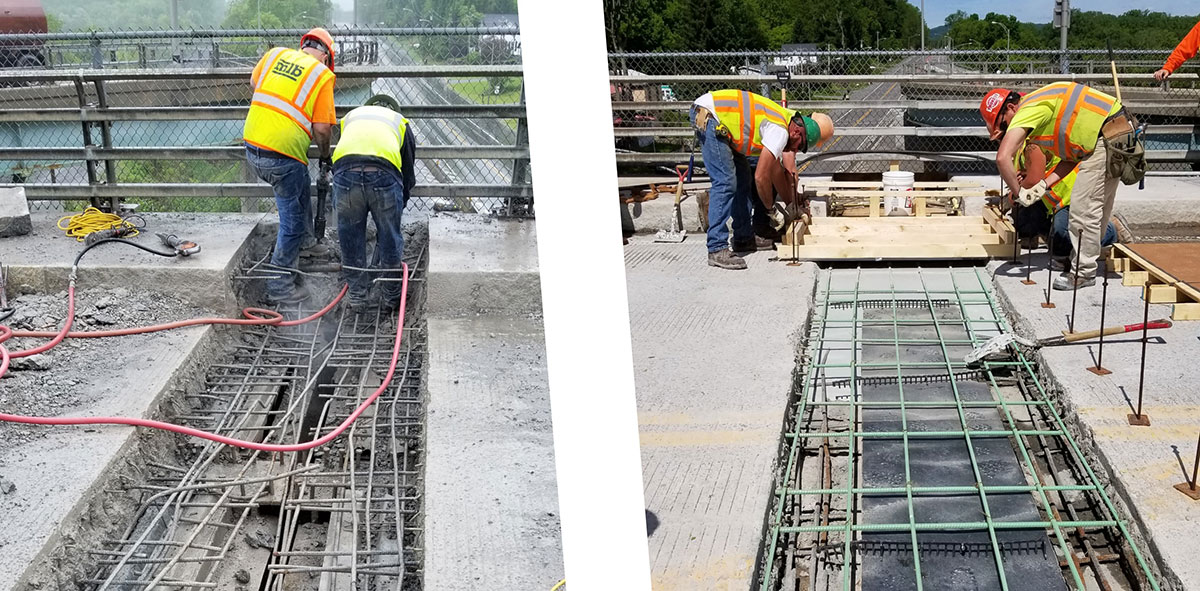
Examples of UHPC P&R applications include bridge deck overlays, girder end repairs, expansion joint repairs, PBE construction joint repairs, and column or pile jacketing. Some applications, such as bridge deck overlays and replacing expansion joints with UHPC link slabs, can extend the service life of bridges well beyond that of traditional repair strategies and are more cost-efficient than bridge replacement.
In 2020, 22 UHPC P&R projects were completed in 11 States. Over the next few weeks, we will look at several case studies that demonstrate successful use of UHPC for bridge preservation and repair. Additionally, in June, at this year's virtual International Bridge Conference, the UHPC team will present two four-hour workshops - introduction, promising applications, and practical concepts and an expert panel discussion.
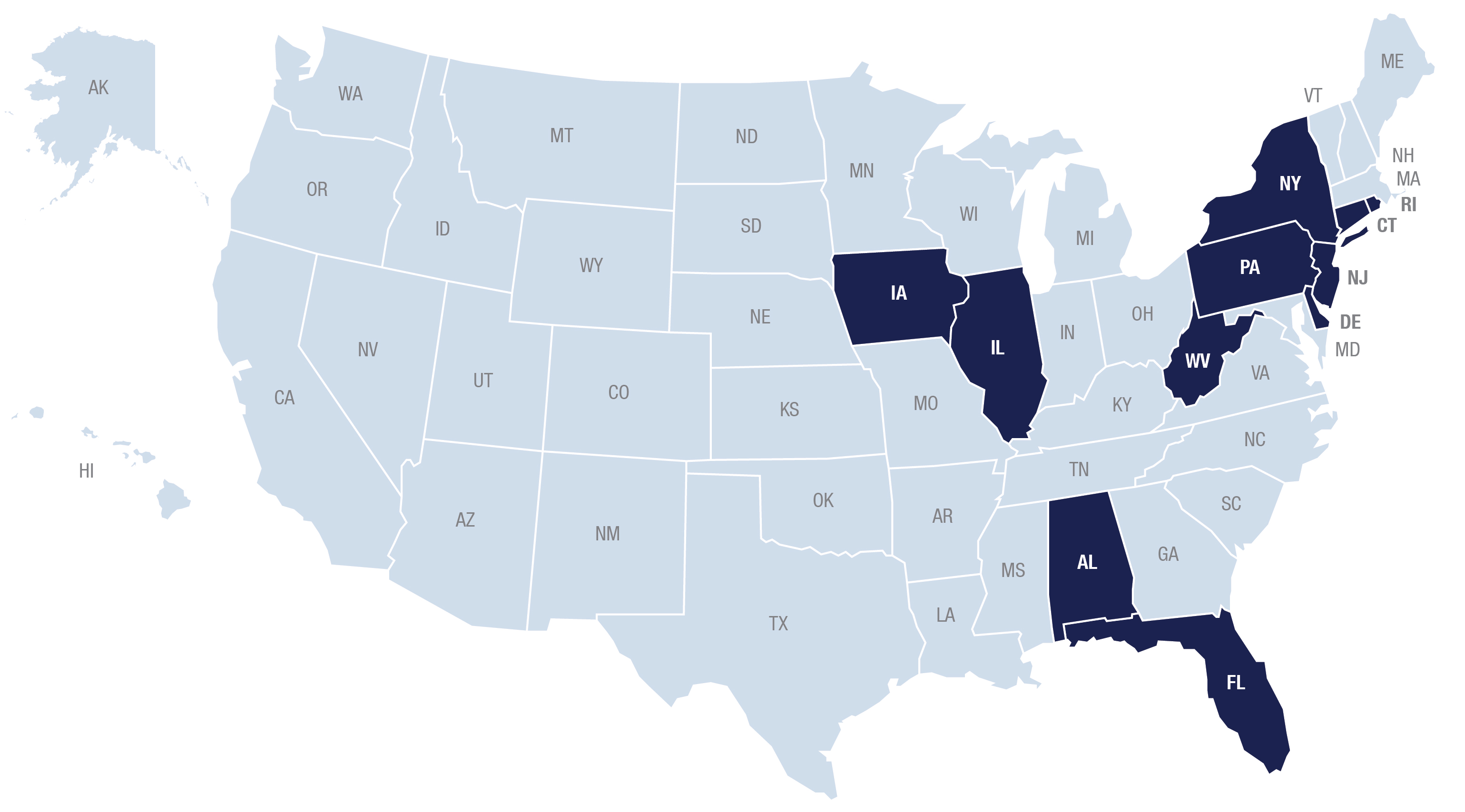
To learn more about UHPC for Bridge Preservation and Repair, contact Zach Haber or Mark Leonard, EDC-6 team co-leads or visit FHWA's EDC website.
STEP Countermeasures Deployed Far and Wide
States are turning to the "Spectacular Seven" countermeasures included in FHWA's Safe Transportation for Every Pedestrian (STEP) program to improve pedestrian safety at roadway crossings. Over the past few years, Connecticut has implemented crosswalk visibility enhancements (including updated signs and high-visibility markings) at all 1,200 crosswalks on the State system and an additional 1,000 locations on local roads.
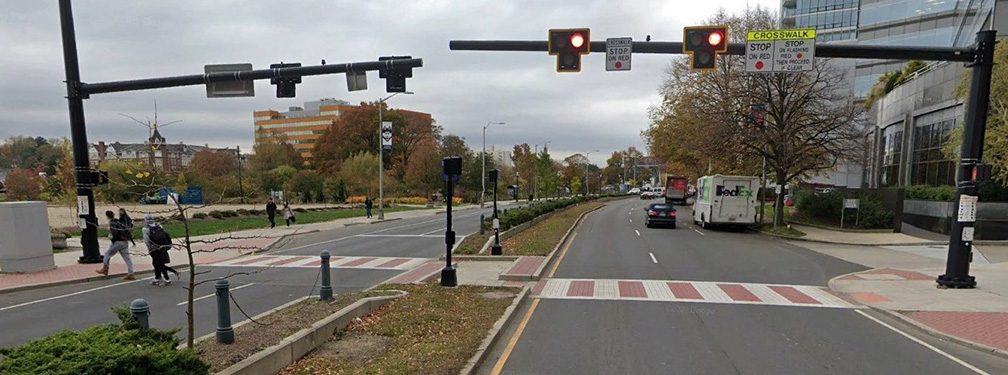
Additionally, North Carolina has installed Rectangular Rapid-Flashing Beacons (RRFBs) and Pedestrian Hybrid Beacons (PHBs) across the State as part of spot- and corridor-improvement efforts. Hawaii has begun to conduct crosswalk visibility enhancements (including advance stop bars, in-road signs, and improved lighting) as part of routine safety improvements. Virginia combined a hot-spot and systemic analysis approach to implement $8M of STEP countermeasure improvement projects through the State's Pedestrian Safety Action Plan (PSAP).
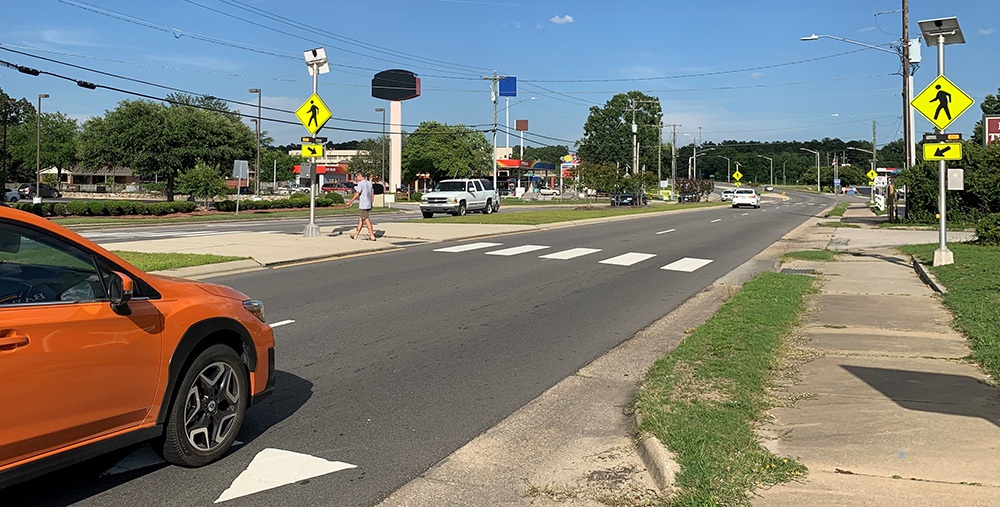
If you would like to learn how your agency can improve pedestrian safety with STEP, contact Becky Crowe with FHWA's Office of Safety or Peter Eun with the FHWA Resource Center.
Stay Up to Date on the EDC Innovations That Interest You Most
EDC teams are always on the move! If you blink, you could miss out on important webinars, case studies, tools, videos, and more. To never miss information for the EDC innovations that interest you most, visit the subscription page and select the topics you'd like to receive updates on directly from the teams that coordinate them.
This week, we're featuring a recent update from the EDC-5 Collaborative Hydraulics: Advancing to the Next Generation of Engineering (CHANGE) team. The update detailed the team's final discussion in its 2D model review series focused on reviewing model controls and reviewing simulation results. During the 'Tips and Tricks' segment of the presentation, the team provided an introduction to adding 3D bridges to your project for visualizations, pressure flow, and scour evaluation using SMS 13.1. This content is now available on-demand. Additionally, in the update, find links for training, to obtain free hydraulic modeling tools, tutorials, and more.
If you have additional questions on CHANGE, please contact Scott Hogan or Laura Girard, with the FHWA Resource Center.
About EDC
Every Day Counts, a State-based program of the Federal Highway Administration’s Center for Accelerating Innovation, works with State, local, and private sector partners to encourage the adoption of proven technologies and innovations to shorten and enhance project delivery.


